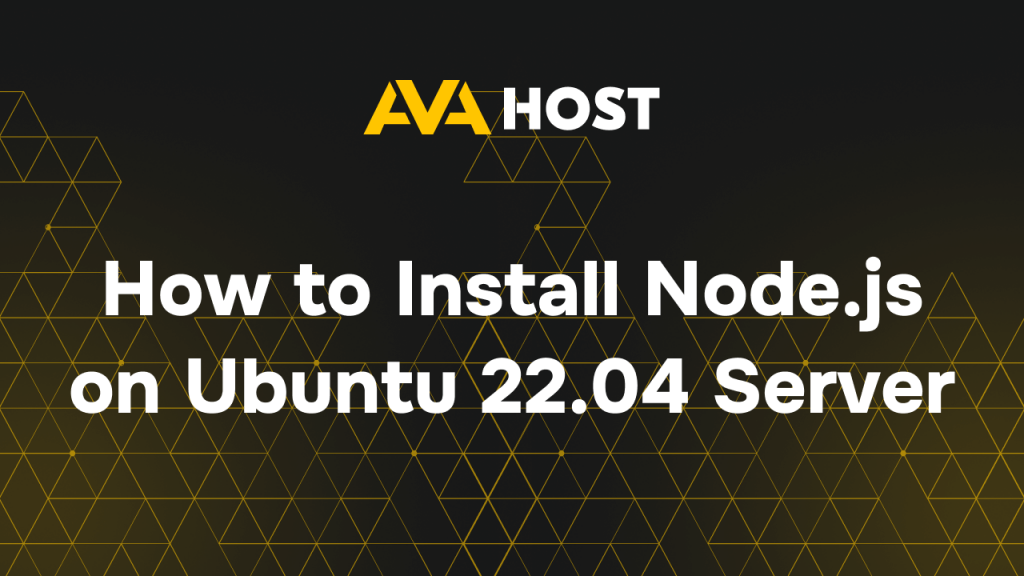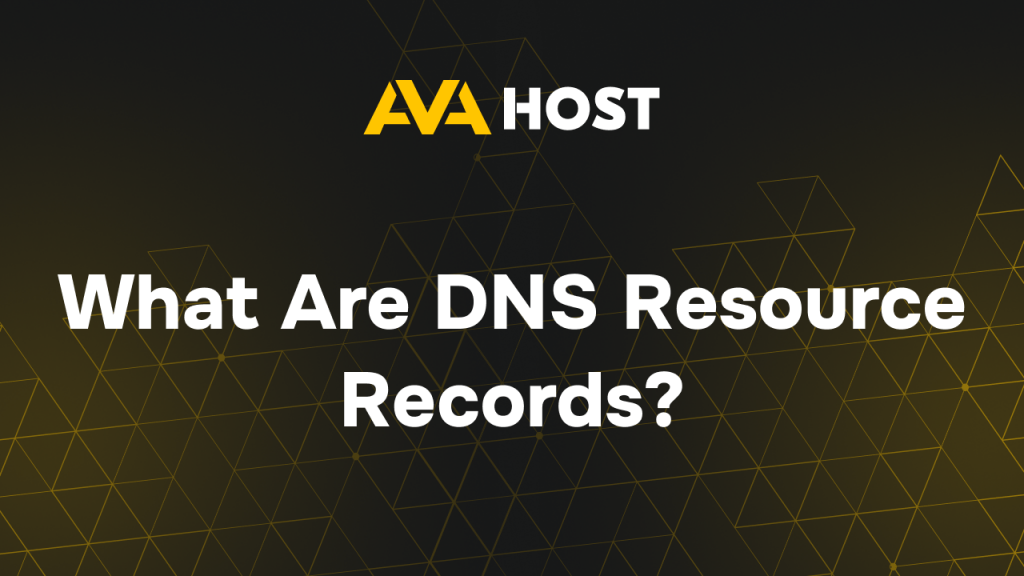F.A.Q

Streamline Linux Navigation Navigating directories on your AvaHost Linux server just got easier! The pushd and popd commands are powerful tools for moving through complex folder structures without losing track of where you’ve been. Perfect for system admins, developers, or anyone working in a Linux terminal, this guide shows you how to use these commands […]

Node.js is a powerful, open-source JavaScript runtime environment that allows you to run JavaScript code outside the browser — making it ideal for building fast and scalable web applications. If you’re working on Ubuntu 22.04 dedicated server and want to get started with Node.js, this guide will walk you through the process of installing it […]

If you manage a website or work with web hosting, chances are you’ve come across FTP (File Transfer Protocol). It’s one of the most reliable and widely used methods for transferring files between your computer and a remote server. In this guide, we’ll walk you through the process of uploading files using FTP, step by […]

How to Create an Effective Abuse Report for Hosting Providers Hosting providers like AvaHost handle thousands of abuse complaints annually, but vague or incomplete reports often get ignored. This guide simplifies crafting a clear, professional abuse report for issues like spam, phishing, or malware, ensuring swift action while aligning with global hosting standards. Introduction Submitting […]

Understanding Abuse-Resistant Hosting In an era where websites and applications face threats from false abuse reports, regulatory overreach, and targeted takedowns, maintaining a resilient online presence is critical. Abuse-resistant hosting is designed to protect your digital assets from unjustified suspensions while adhering to legal standards, distinct from bulletproof hosting (which often implies hosting illegal content). […]

Imagine running a data-driven application—be it a bustling e-commerce platform or a real-time analytics dashboard—on a robust, customizable server that keeps your data secure and accessible. PostgreSQL, a leading open-source relational database, paired with ava.hosting’s high-performance VPS, transforms this vision into reality. For example, you could host a SaaS app on ava.hosting’s VPS, using PostgreSQL […]

The Domain Name System (DNS) is often described as the “phonebook of the internet,” translating human-friendly domain names into machine-readable IP addresses . But behind every domain resolution lies a structured system of DNS Resource Records (RRs)—the fundamental building blocks of DNS, ensuring reliable routing across distributed server networks. What Are DNS Resource Records? DNS […]

How to Use Exim Configuration Manager with AvaHost Exim Configuration Manager, integrated into cPanel/WHM, simplifies managing the Exim mail server, making it easy to secure and optimize email delivery. Paired with AvaHost’s robust email hosting, it offers a powerful yet user-friendly solution for businesses and individuals. This guide enhances your understanding of Exim Configuration Manager, […]

If you’re working with Python 3 on your server environment, chances are you’ll need to install third-party modules to extend its functionality. Whether you’re building web applications, automating tasks, or working with data, Python’s vast ecosystem of packages has you covered. The go-to tool for installing these modules is pip3. In this article, we’ll guide […]

How to Install Mattermost on Ubuntu 20.04/22.04 with AvaHost Mattermost is a secure, open-source messaging platform, a self-hosted alternative to Slack, ideal for privacy-focused teams. This guide simplifies installing Mattermost on an AvaHost Ubuntu 20.04/22.04 VPS or dedicated server, with practical examples and tips for a scalable, secure setup. Introduction Mattermost offers robust collaboration tools […]

